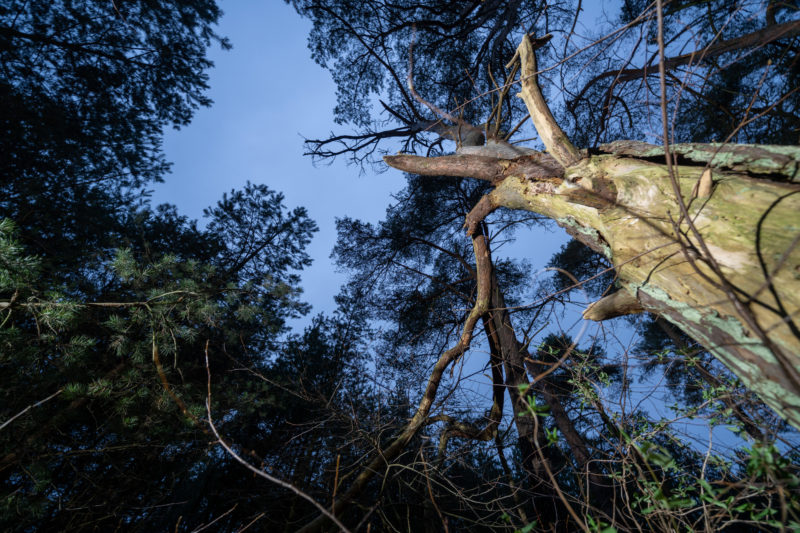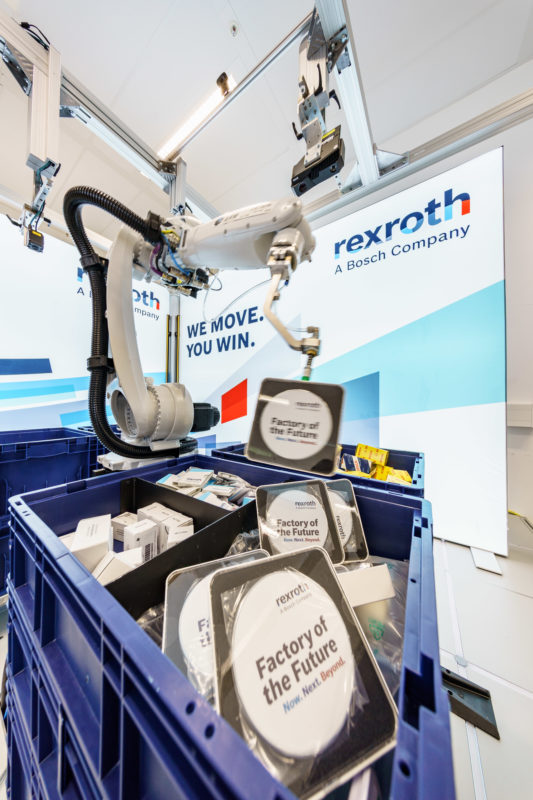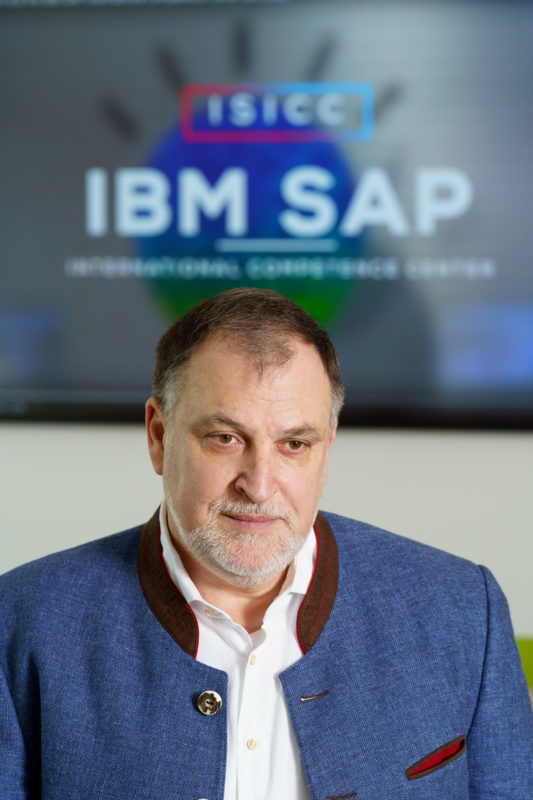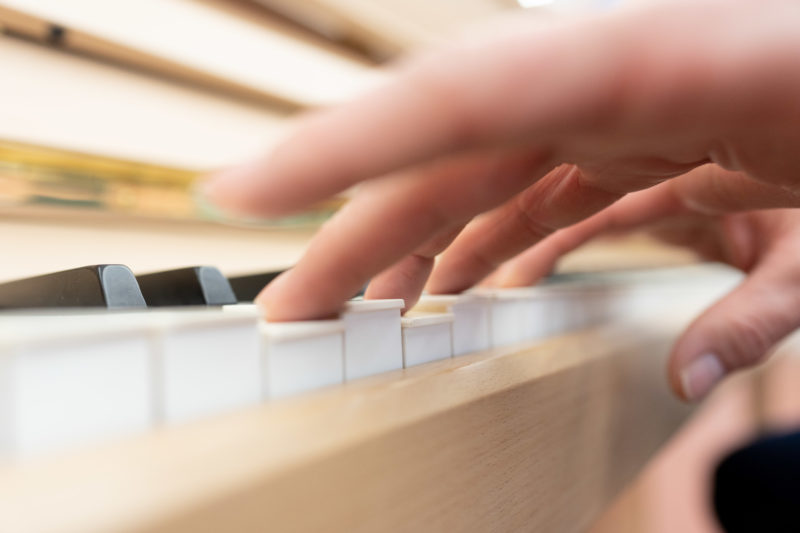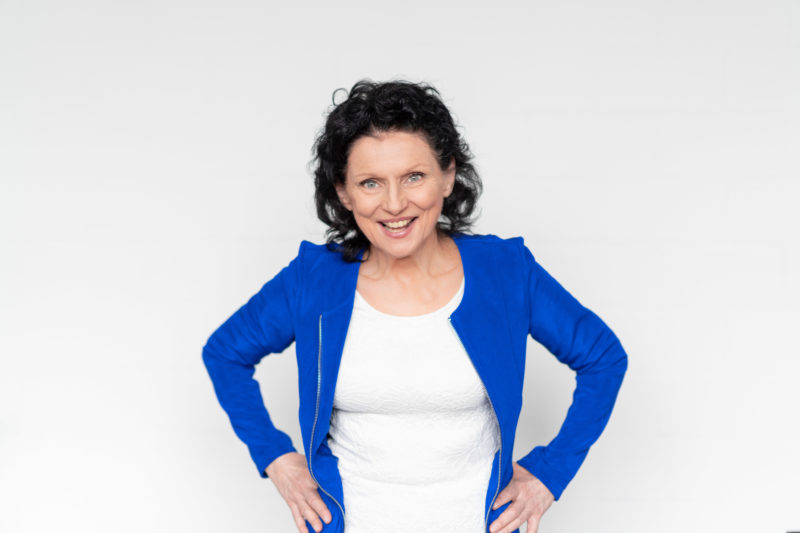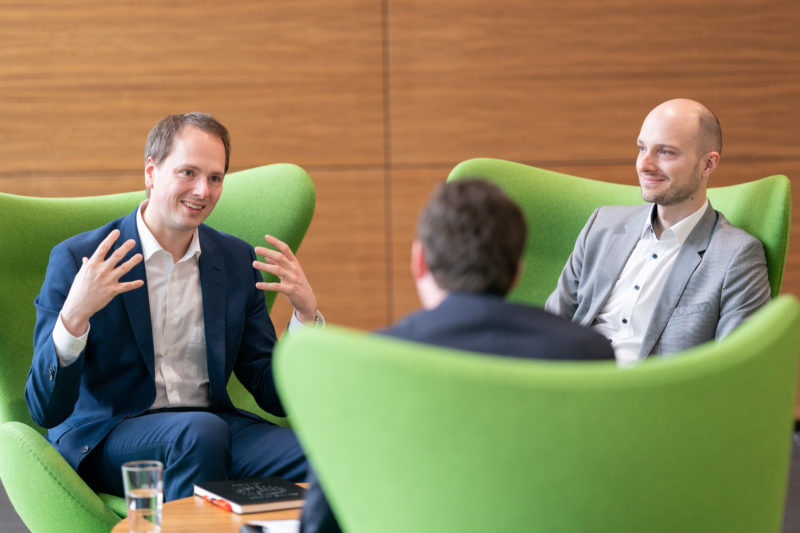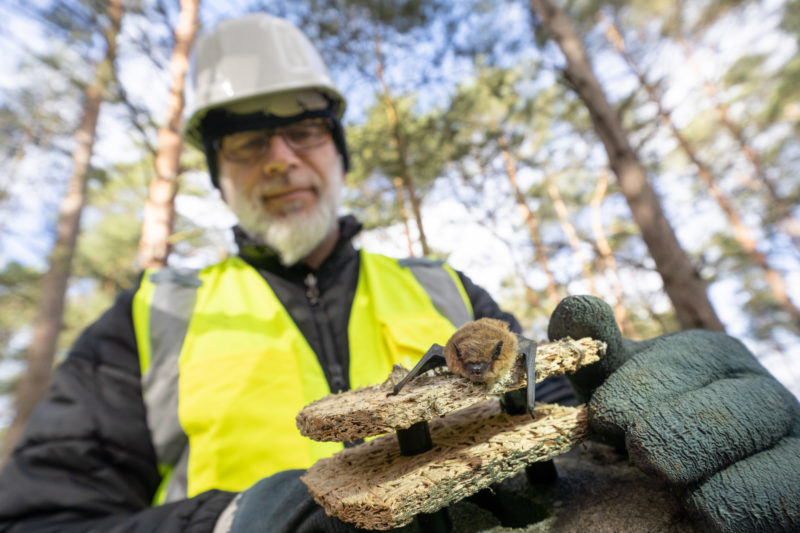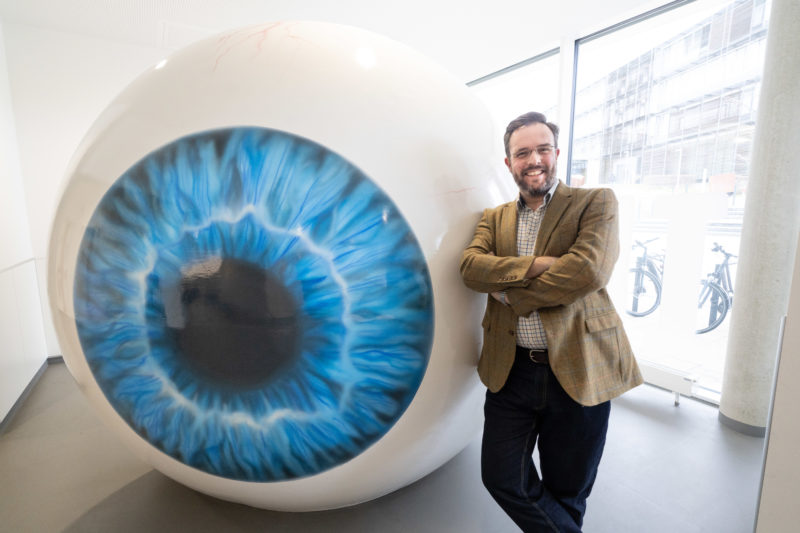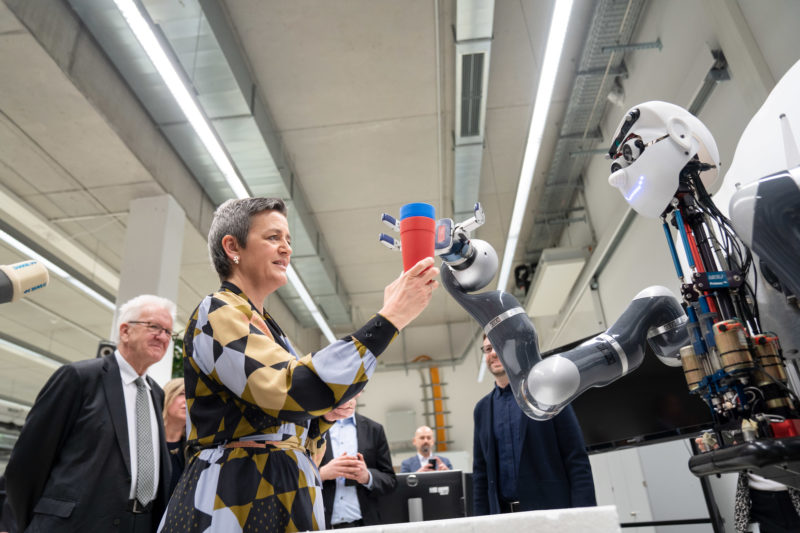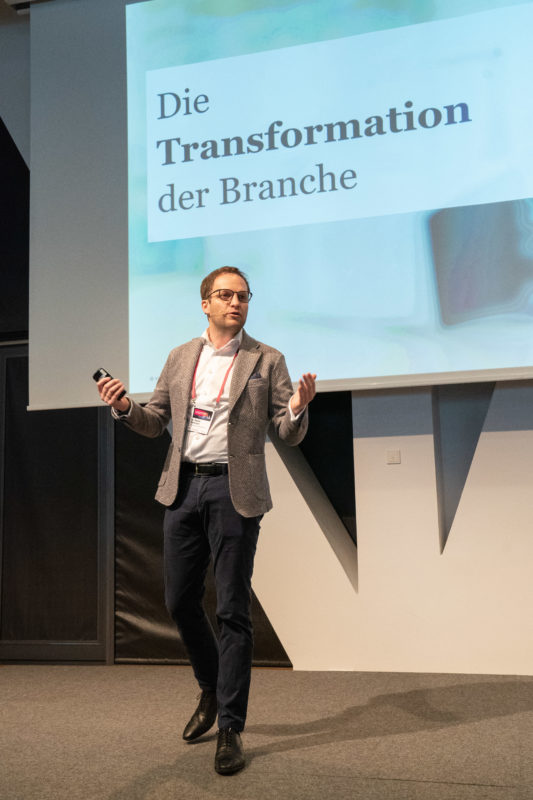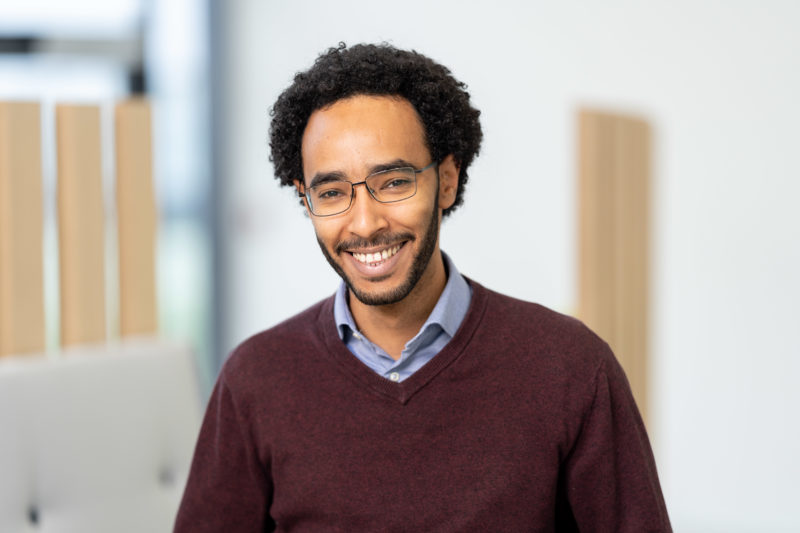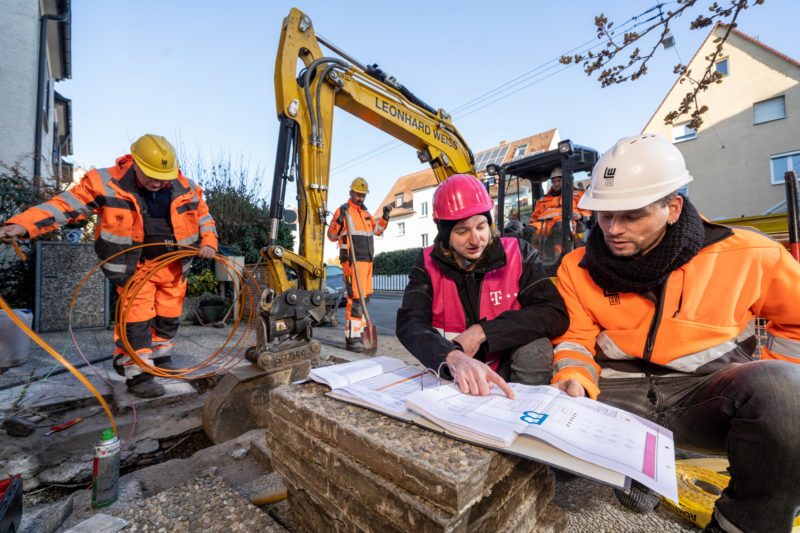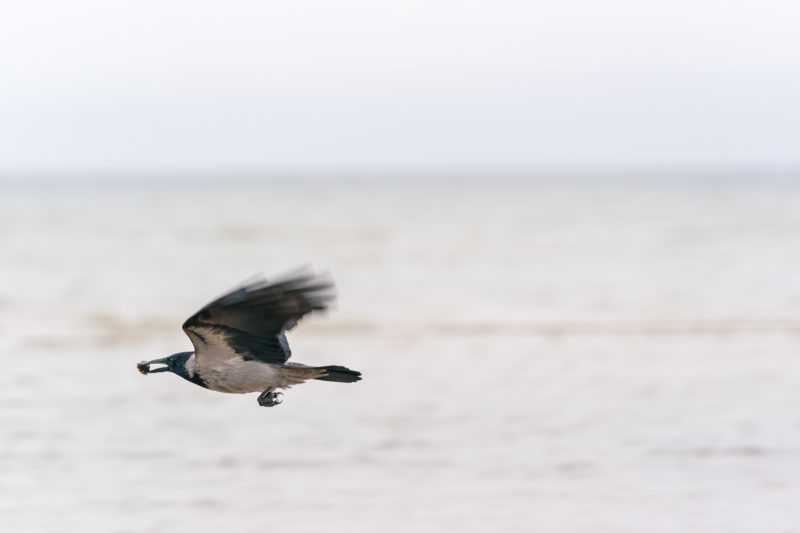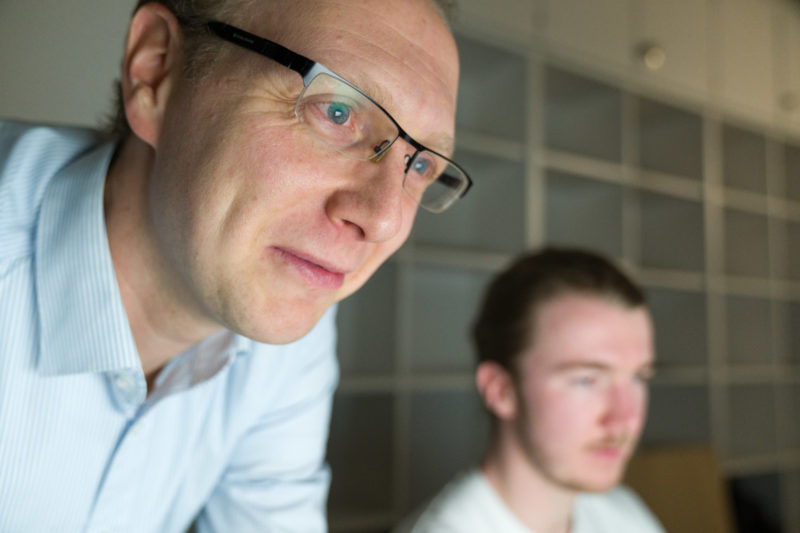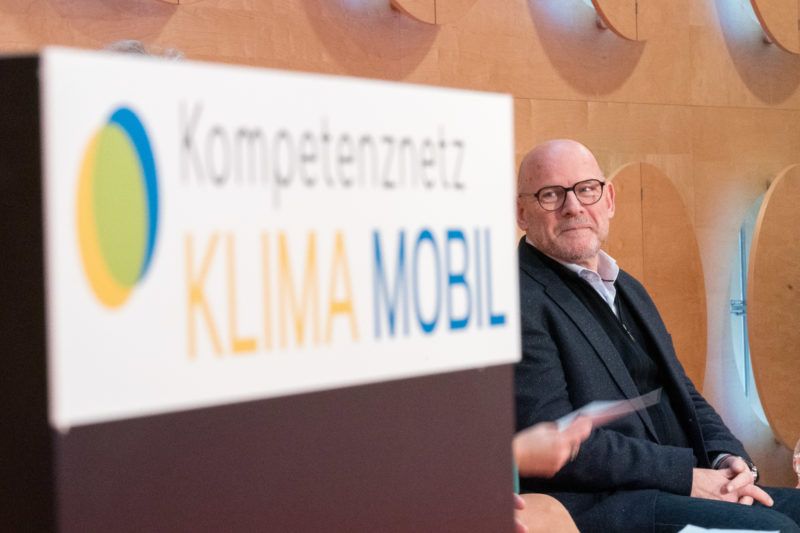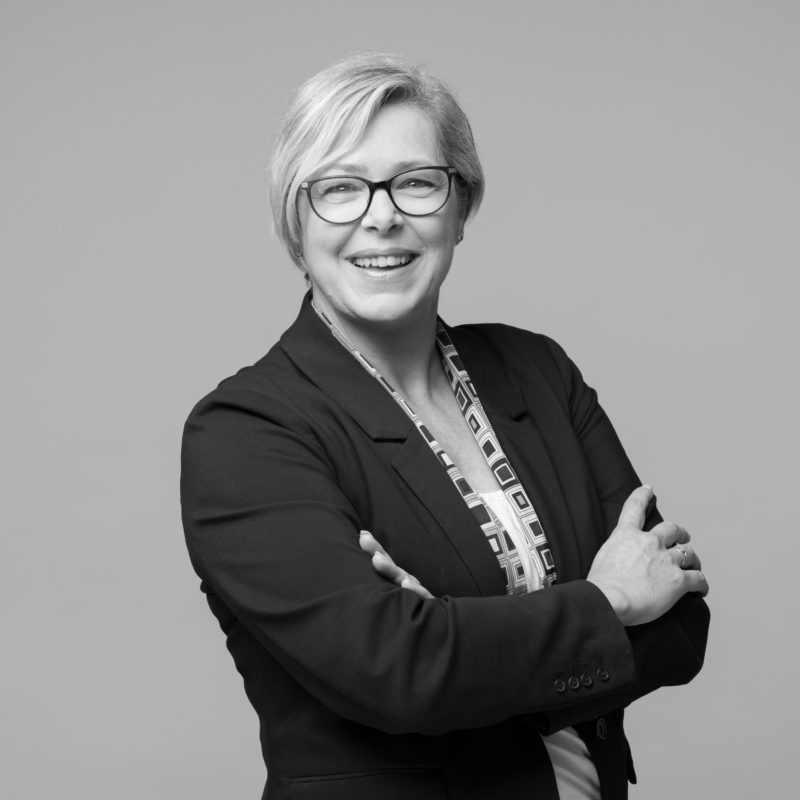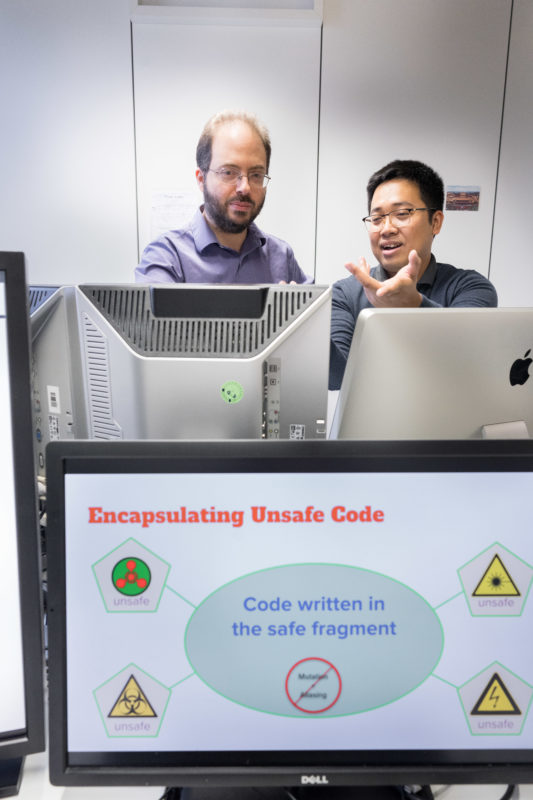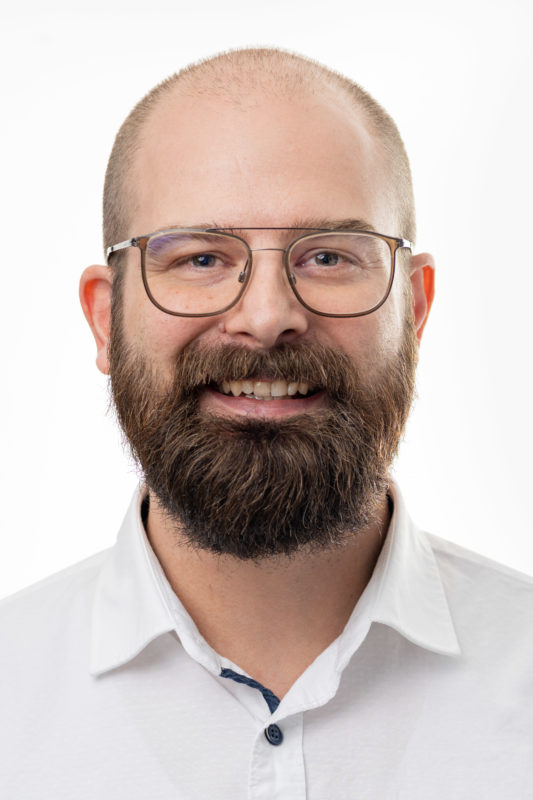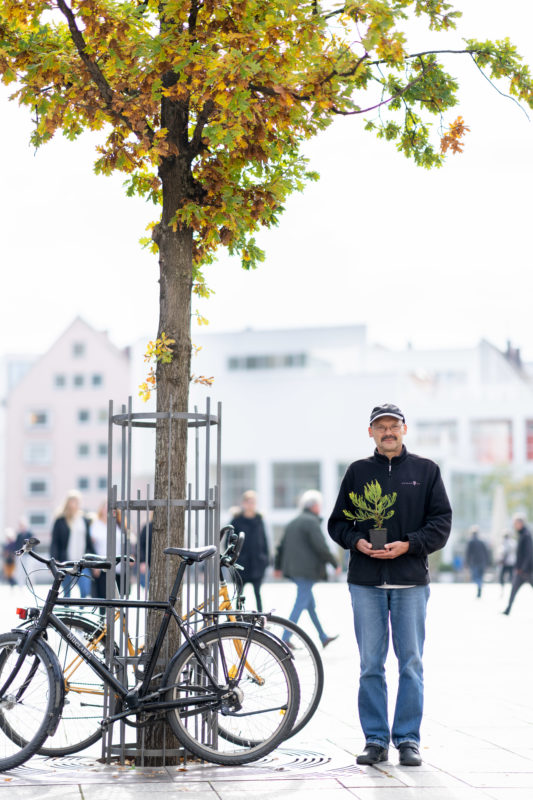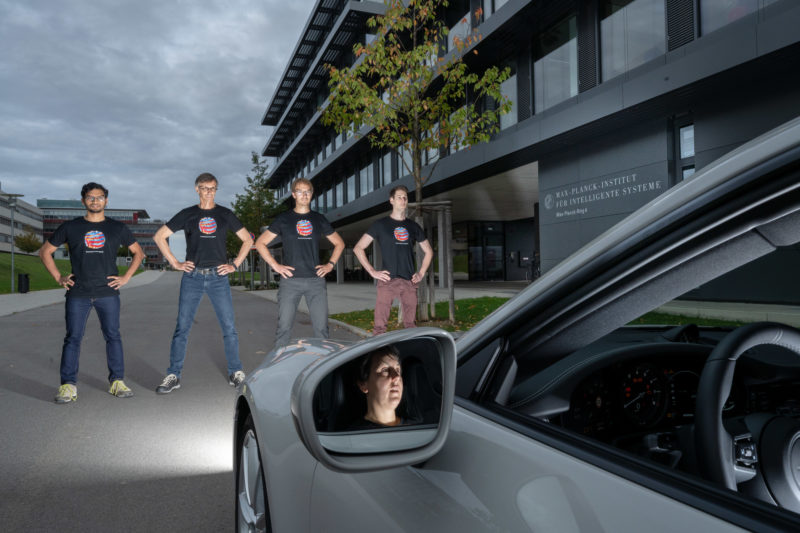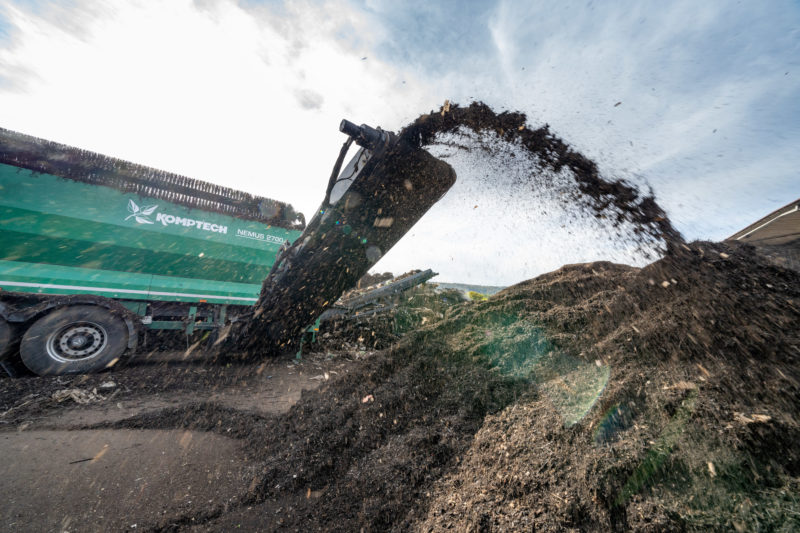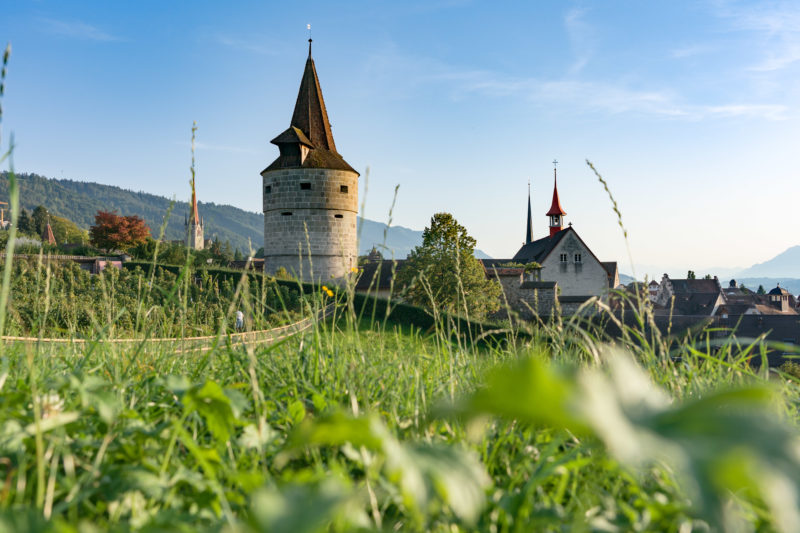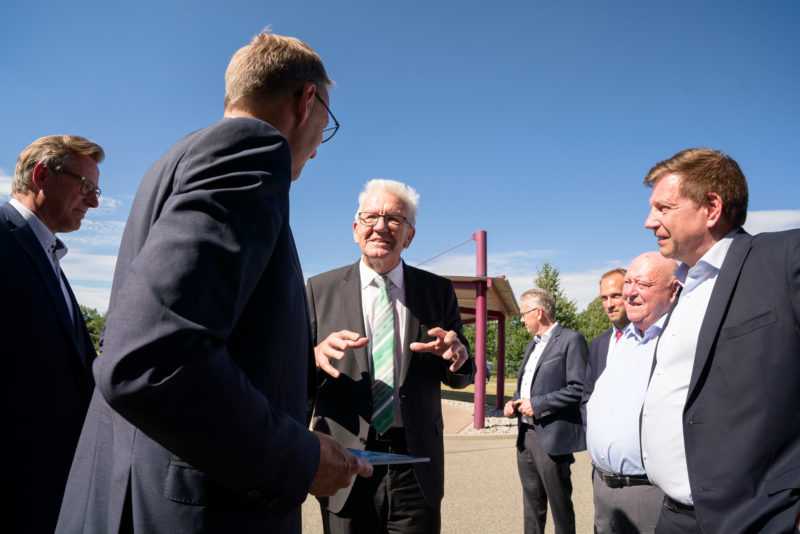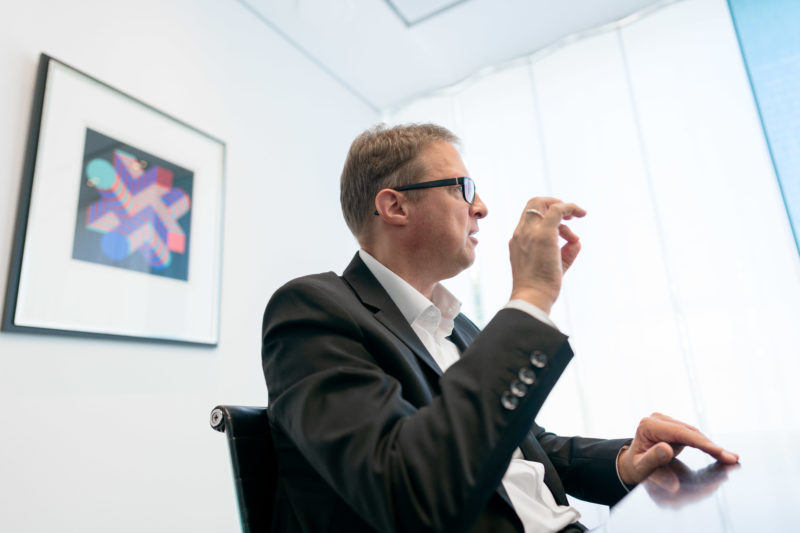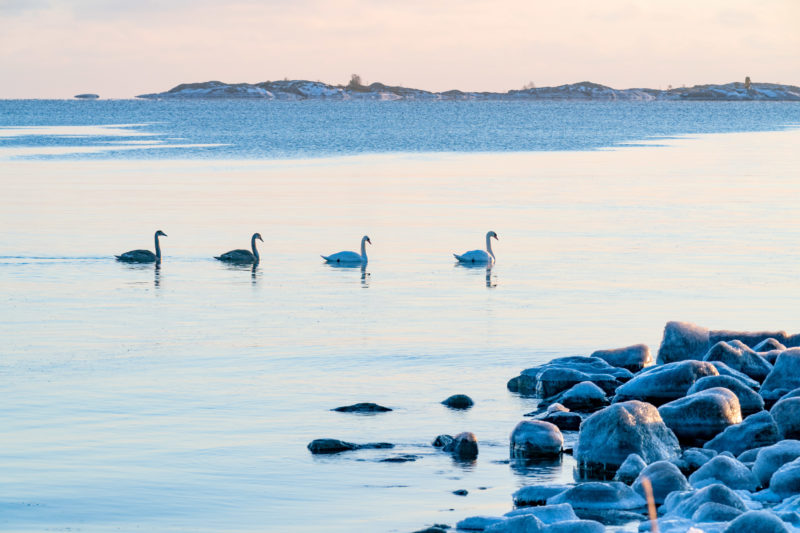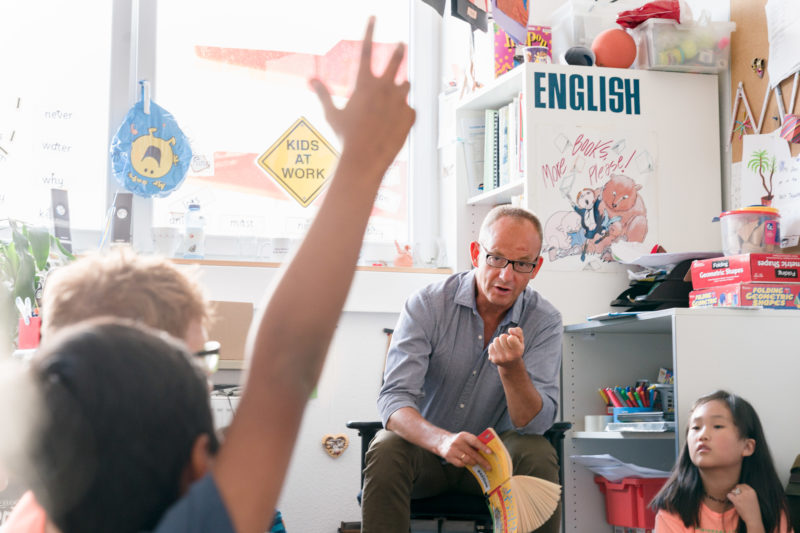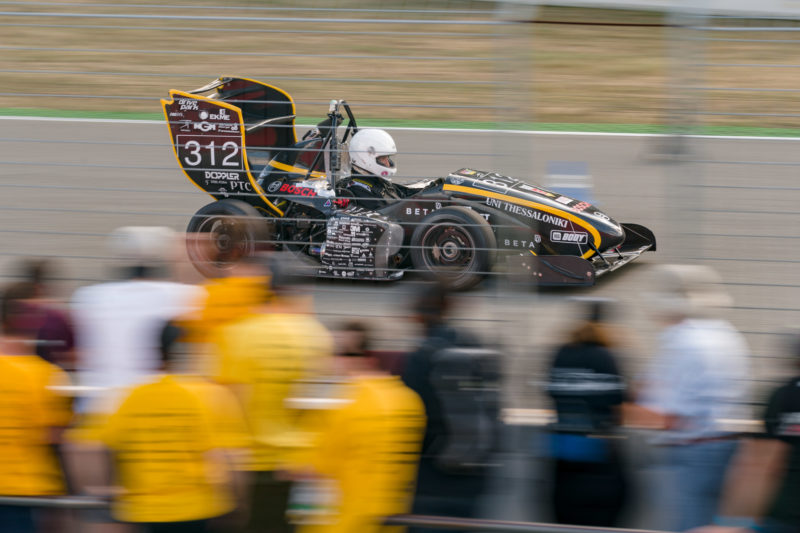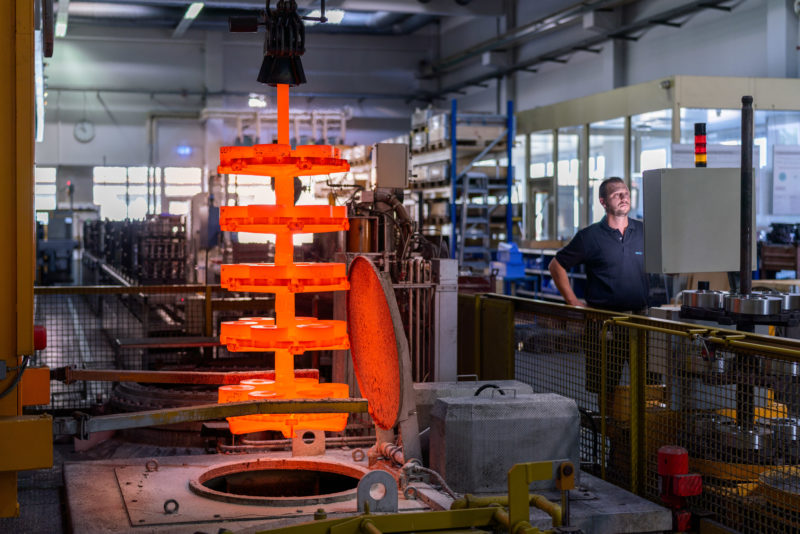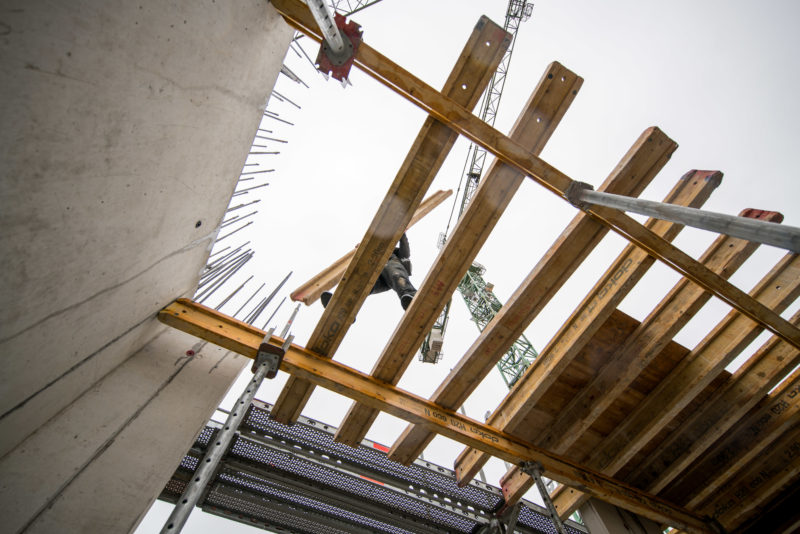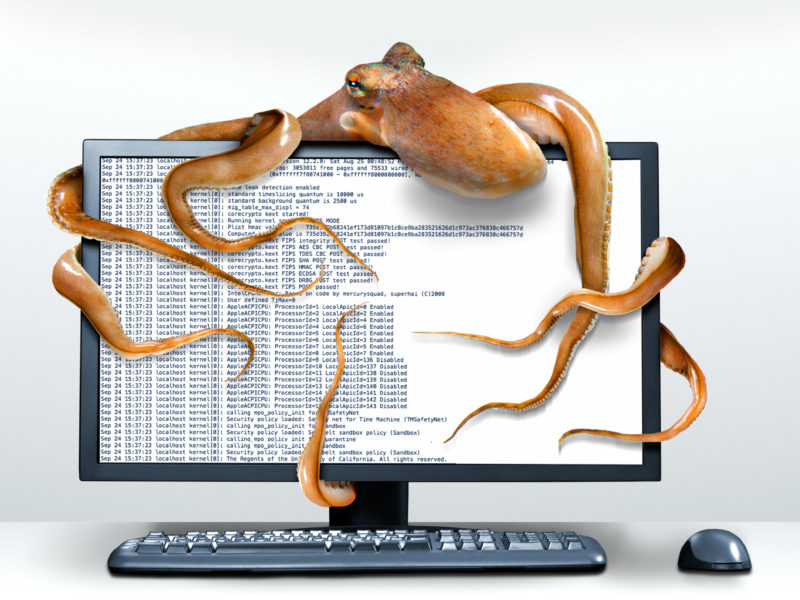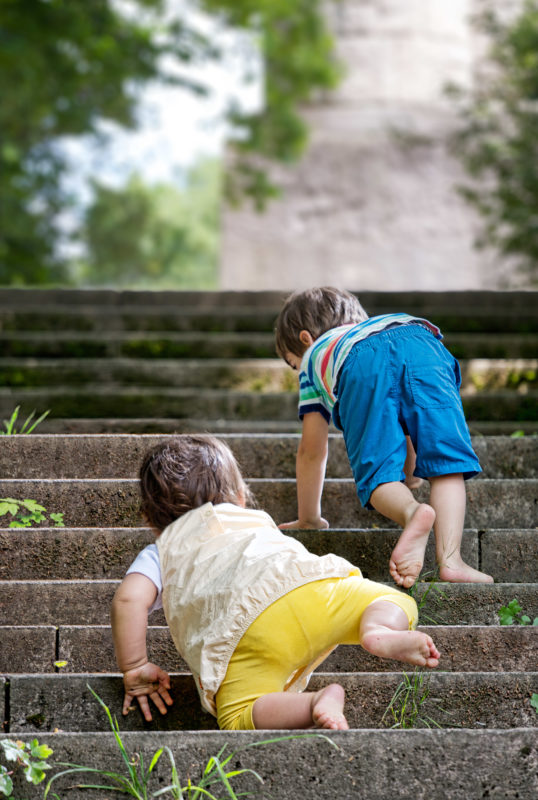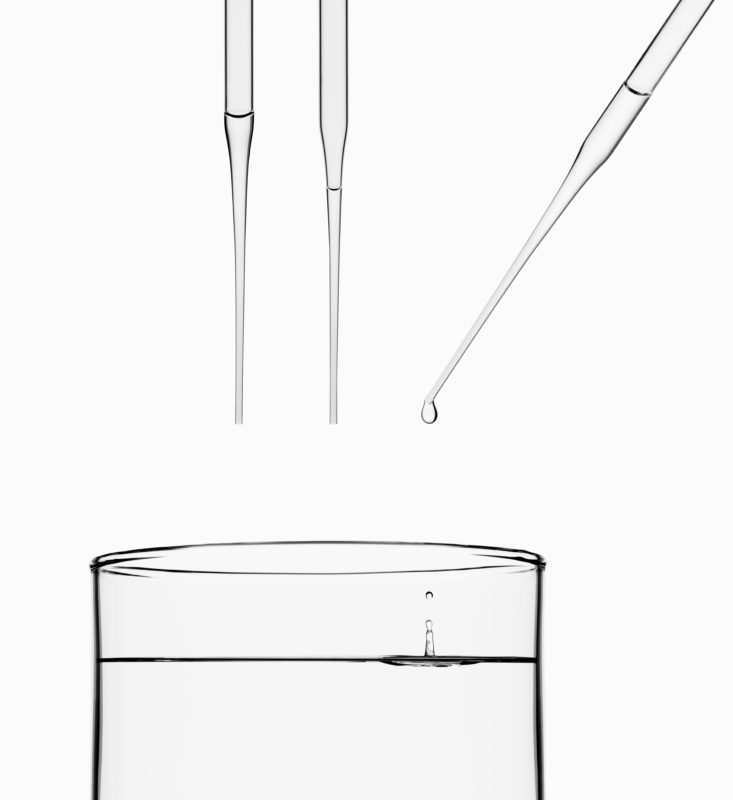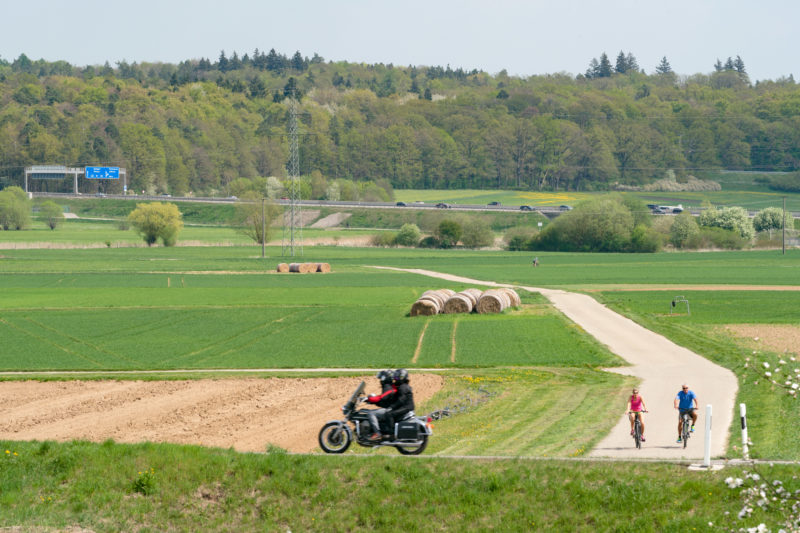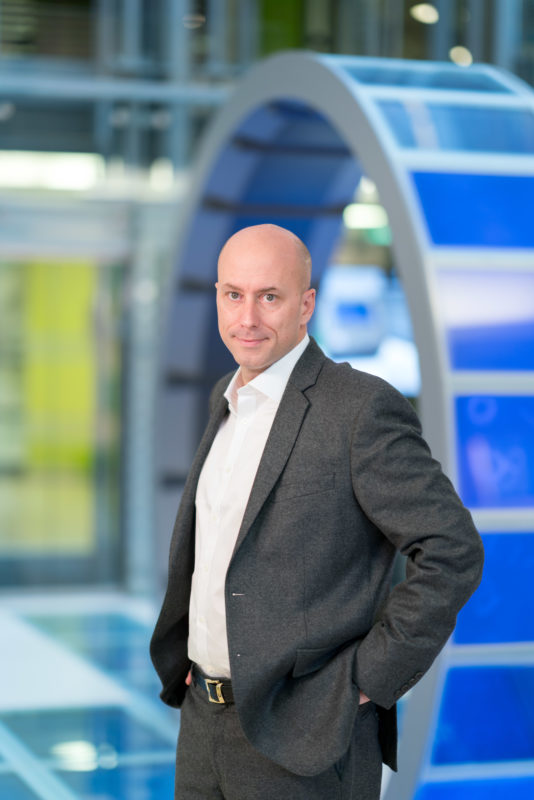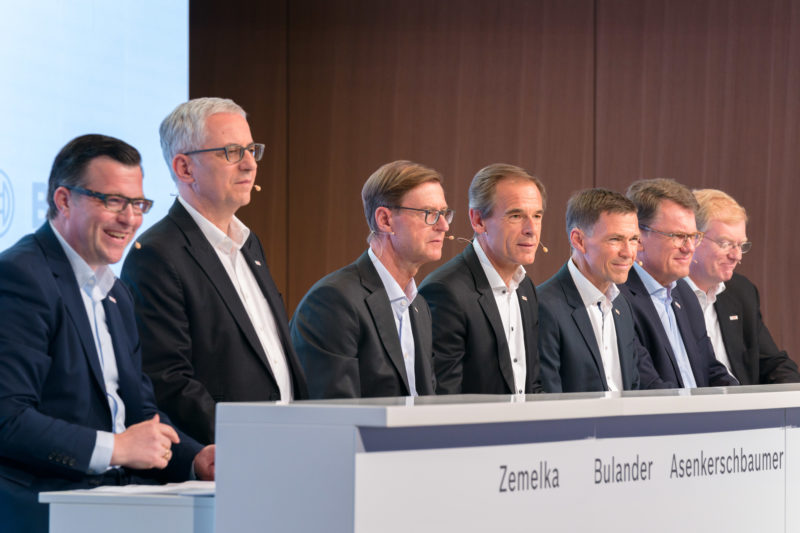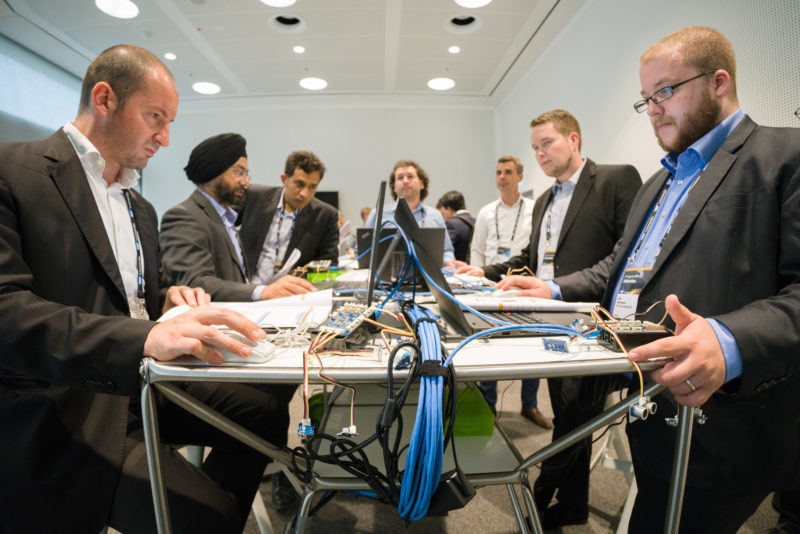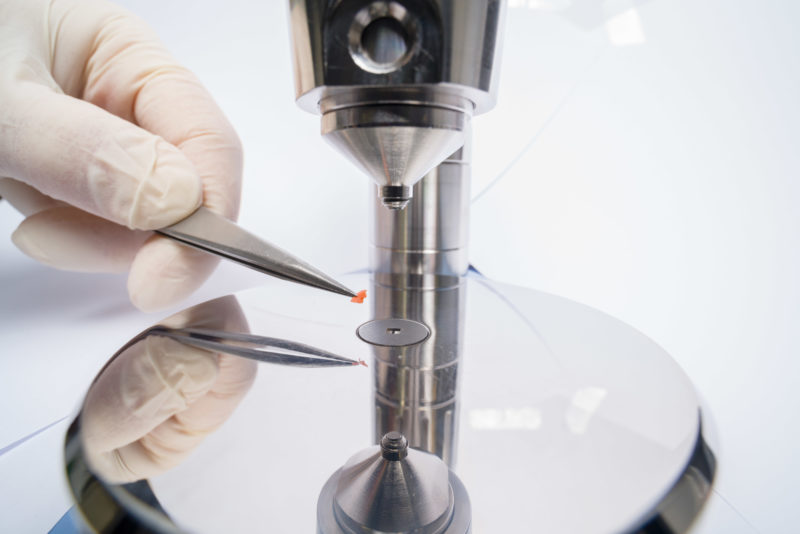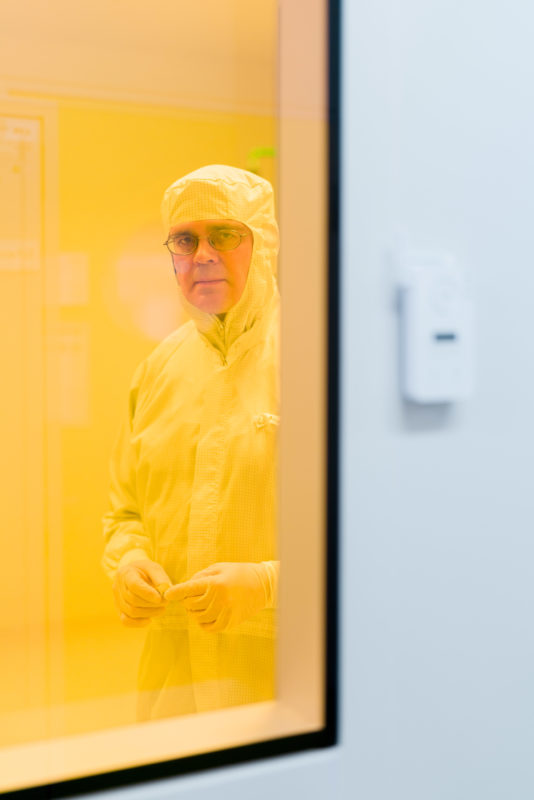Listening, acting inconspicuously and quietly, taking into account all possible perspectives. Not missing the important moments. Reacting when necessary and hesitating when appropriate. All this is essential for taking pictures during interviews. And a plan for some portrait situations after the end of the interview should be developed simultaneously.
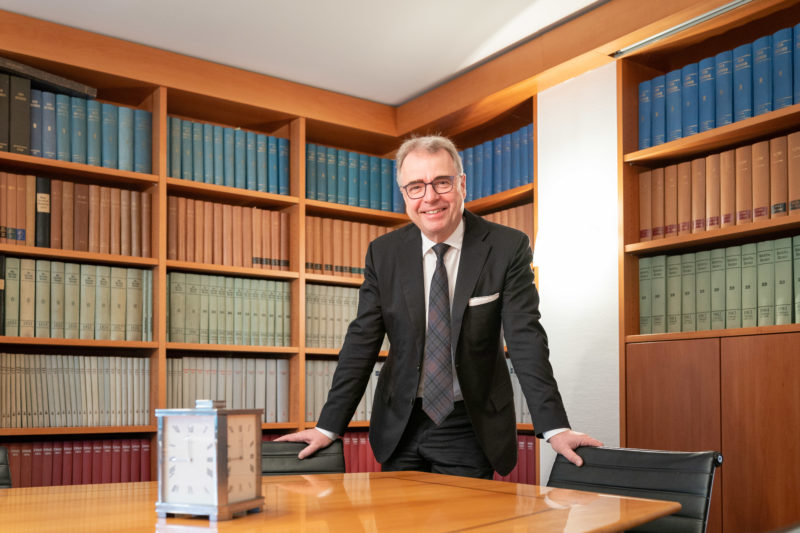
A business expert stands relaxed in the library and smiles into the camera.
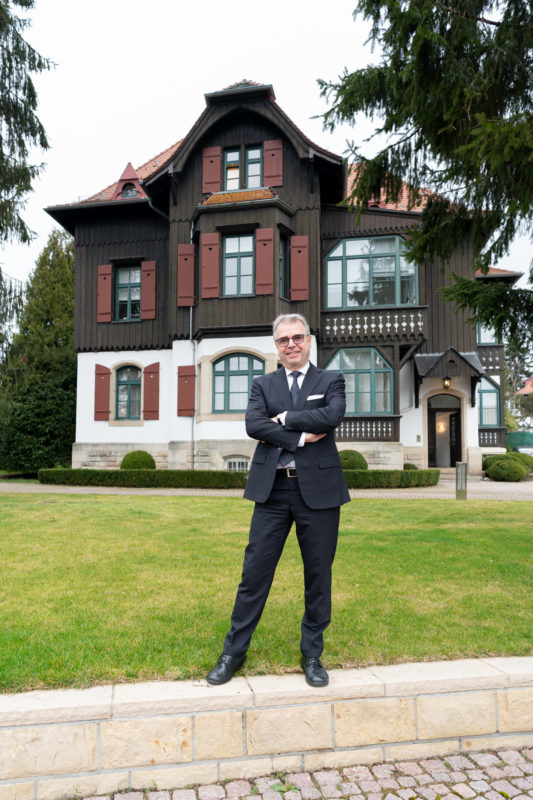
A full body portrait is essential for a good lead picture.
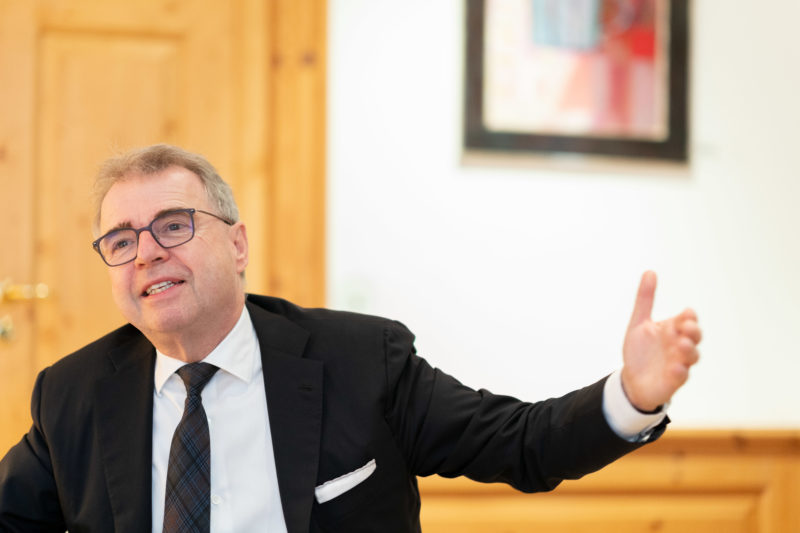
Hand movements in the picture make a person's photo come alive.
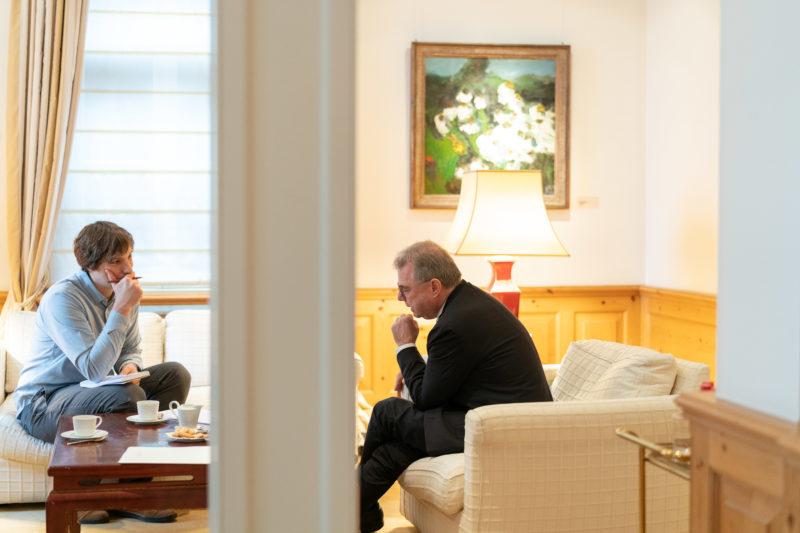
A good overview picture also shows the interviewer in order to credibly depict the real situation.
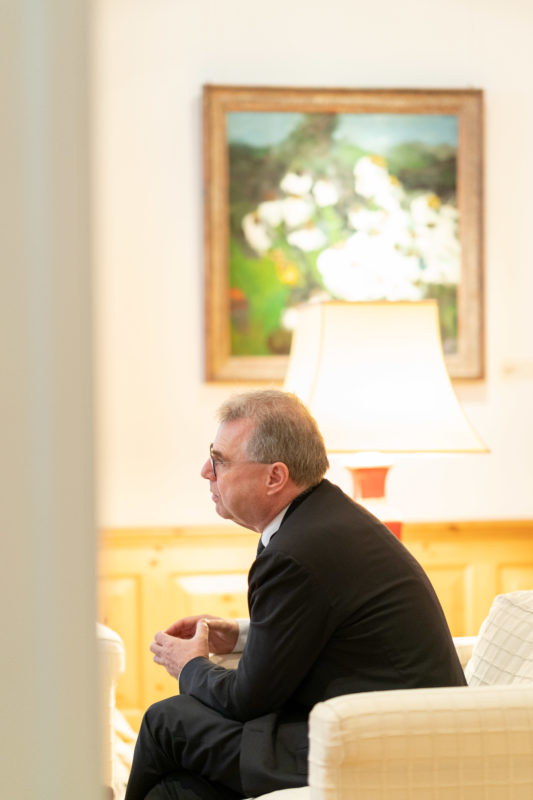
If you use all possible camera perspectives, then a lively photo series is created.
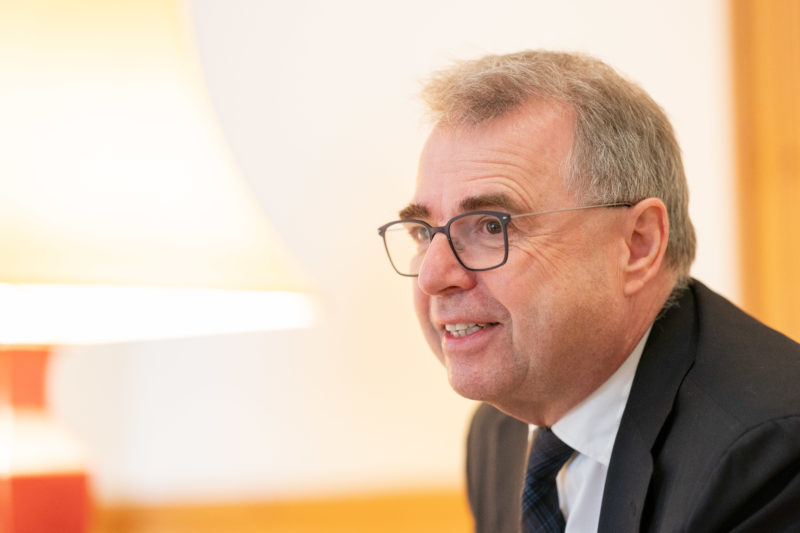
Warm colours combined with a long focal length create an atmosphere of closeness and familiarity.
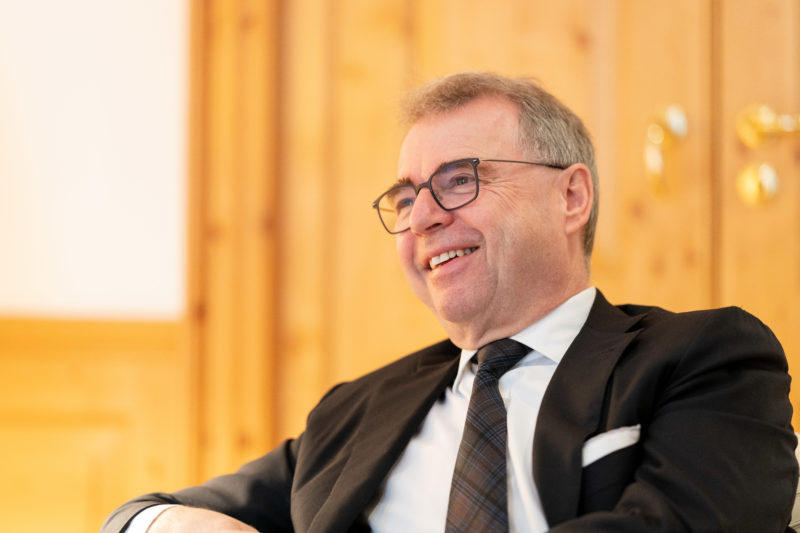
If you are always ready as a photographer, you don't miss the positive moments like the laughter of the interviewee.
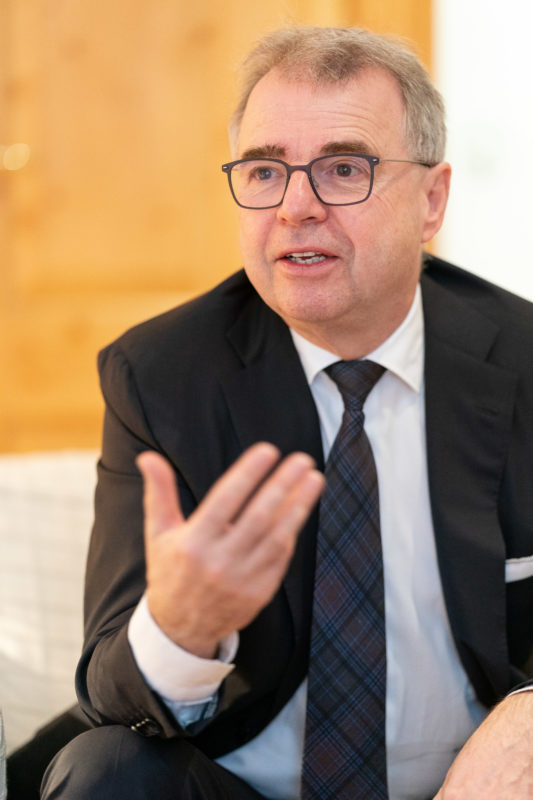
When taking photos for print magazines, it is very important to switch between landscape and portrait format
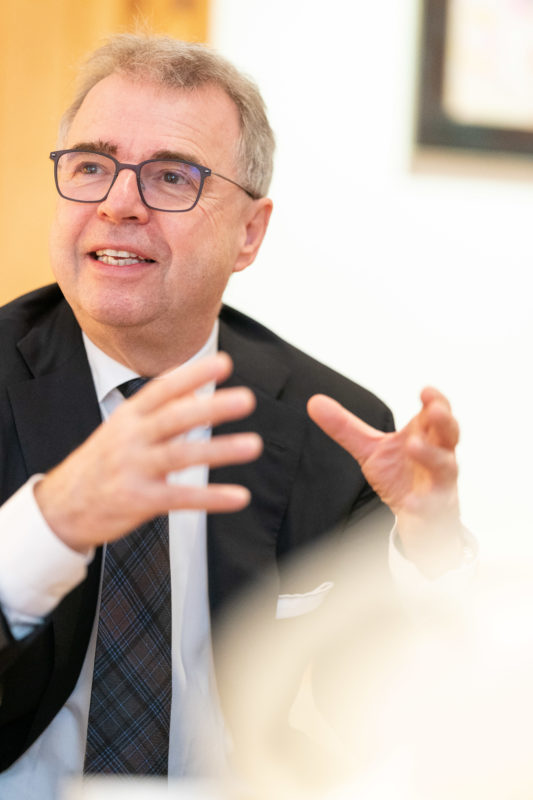
Integrating blurred foreground into the picture is one way to achieve more depth effect.
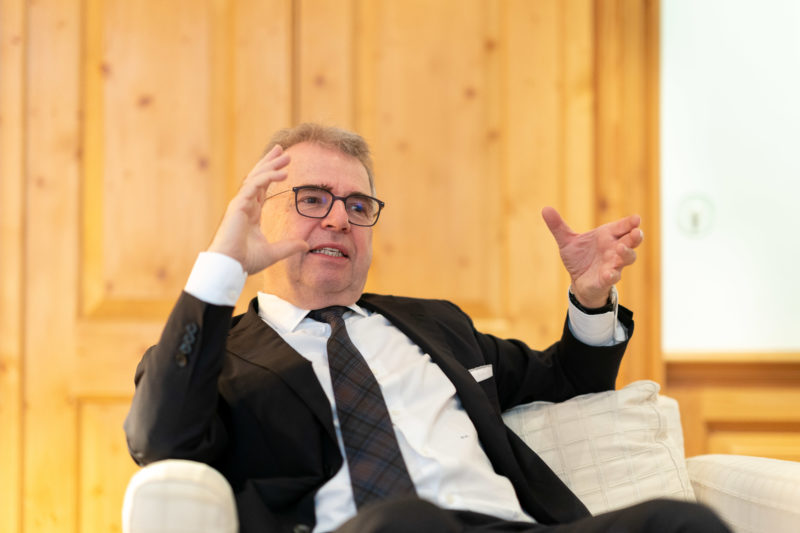
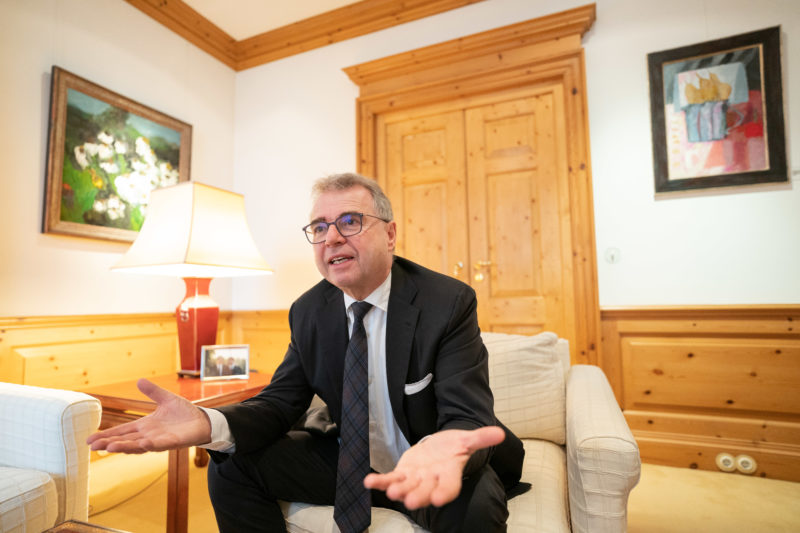
A wide-angle lens and a low camera perspective creates a closeness to the person that is otherwise difficult to reach.
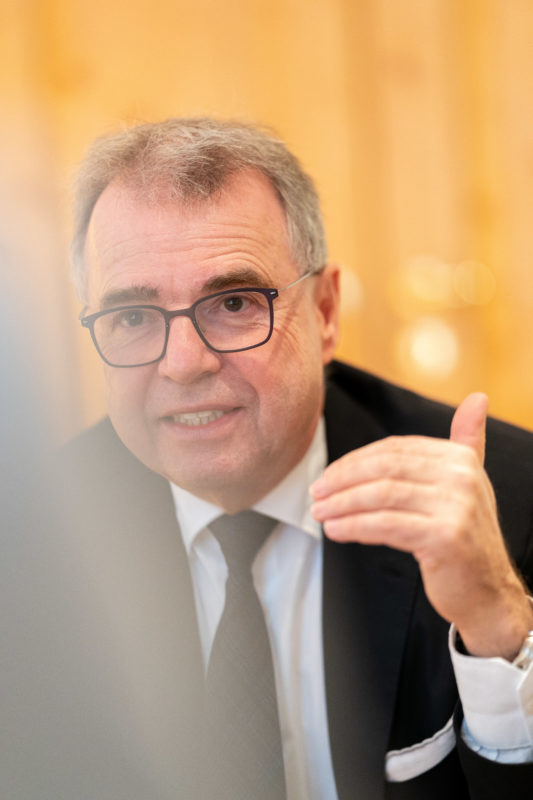
Proximity through a long focal length and a blurred foreground, which indicates an opposite in the room.
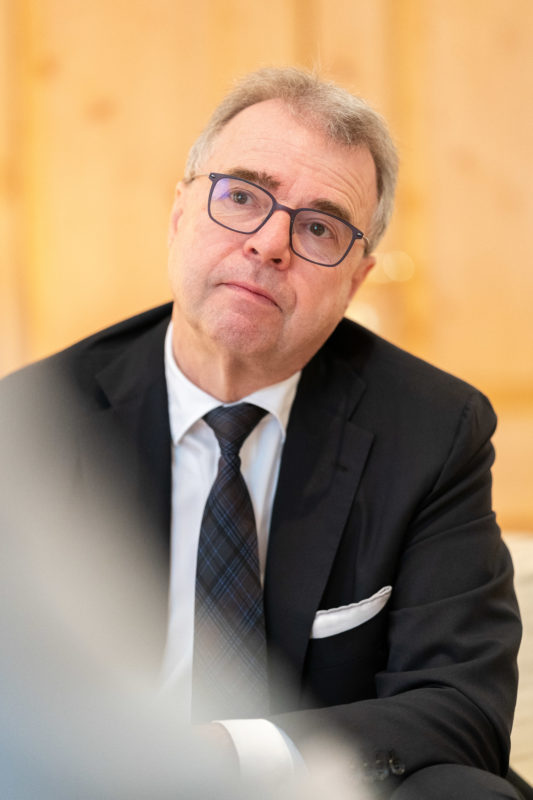
Listening attentively is also part of a conversation.

Changing sides with the camera means restlessness, but it's often worth it because it creates new exciting pictures.
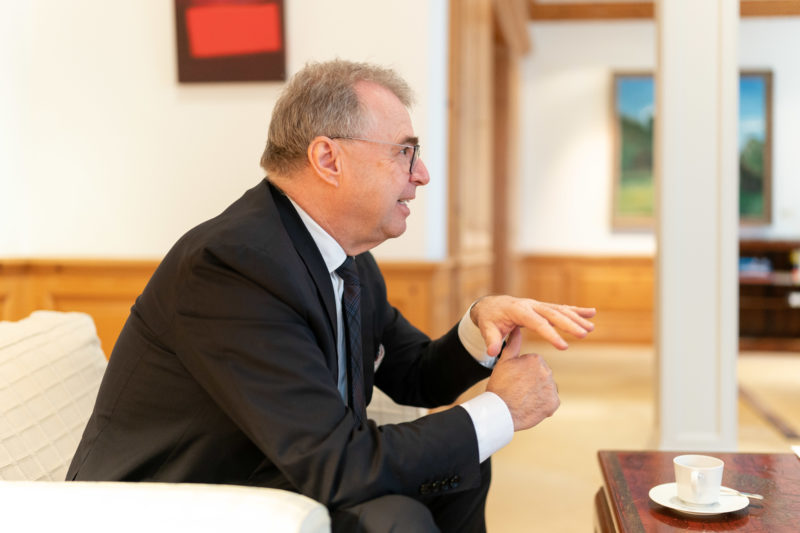
A photo of the person in profile provides a new perspective.
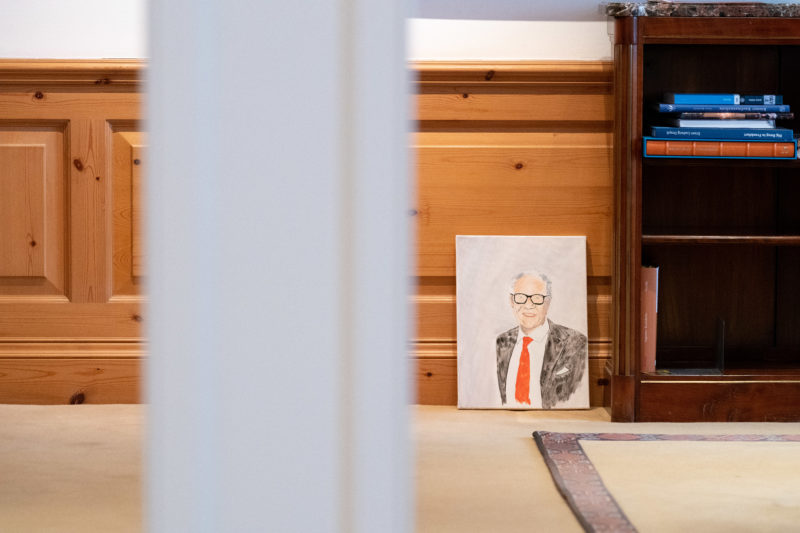
Sometimes there are also objects in the room that are worth photographing.
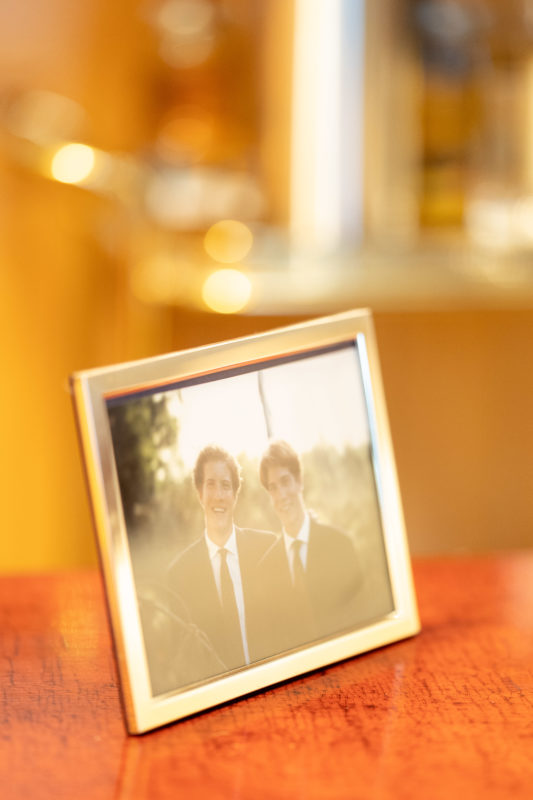
Close-up of a photo on the table.
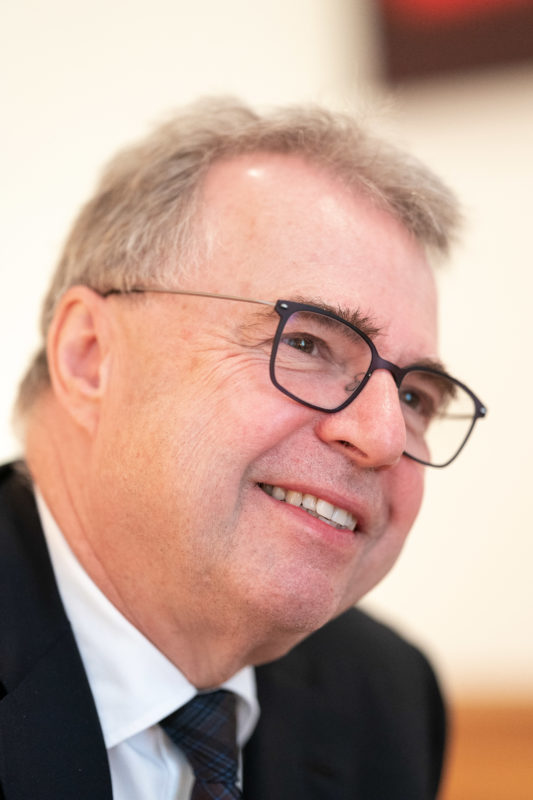
A close up picture of the smiling face of the interviewee is often the lead motif of the article.
